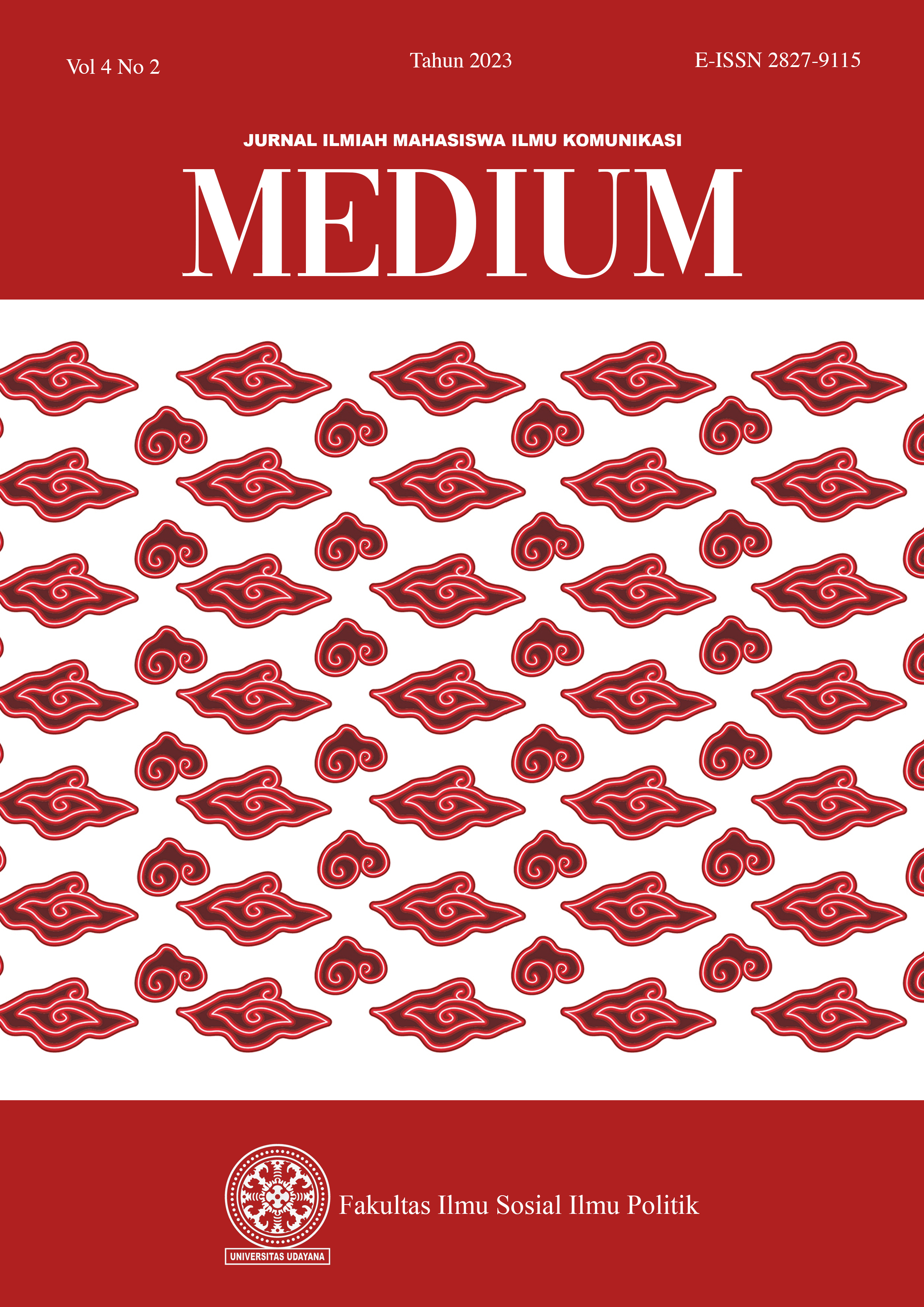SELF-DISCLOSURE PENGGUNA APLIKASI KENCAN ONLINE BUMBLE
Abstract
The existence of internet technology provides convenience or shortcuts for some people who need social interaction. In the midst of various problems faced by society due to the pandemic and the difficulty of interacting directly, the Bumble application is here as an online dating application that offers us to find friends and partners according to our wishes. This study aims to find out the reasons for using the Bumble application among active users and also to find out the self-disclosure process of users of the Bumble online dating application. This research is a type of qualitative descriptive research using a post-positivism paradigm. Informants were selected using purposive sampling and snowball sampling techniques. Data obtained through interviews, document studies and observation. The data analysis technique used in this study uses the data analysis technique of Miles and Huberman, namely data reduction, data presentation and the final step of drawing conclusions. The theory of self-disclosure in this study is described through four areas that are shaped like windows or commonly called the Johari Window. The window has four main areas or quadrants where each area has a different meaning (DeVito, 2018: 59). Self-disclosure through Bumble is done to feel closer and more comfortable in the introduction stage with new people. Self-disclosure by Bumble users who became informants in this study included age, work, hobbies, experiences, family circumstances, and love. Barriers that Bumble users find in finding friends or partners include busy work, feeling easily bored, introverted nature and difficulty opening up.
Keywords: Self-Disclosure, Intepersonal Communication, New Media, Bumble.



